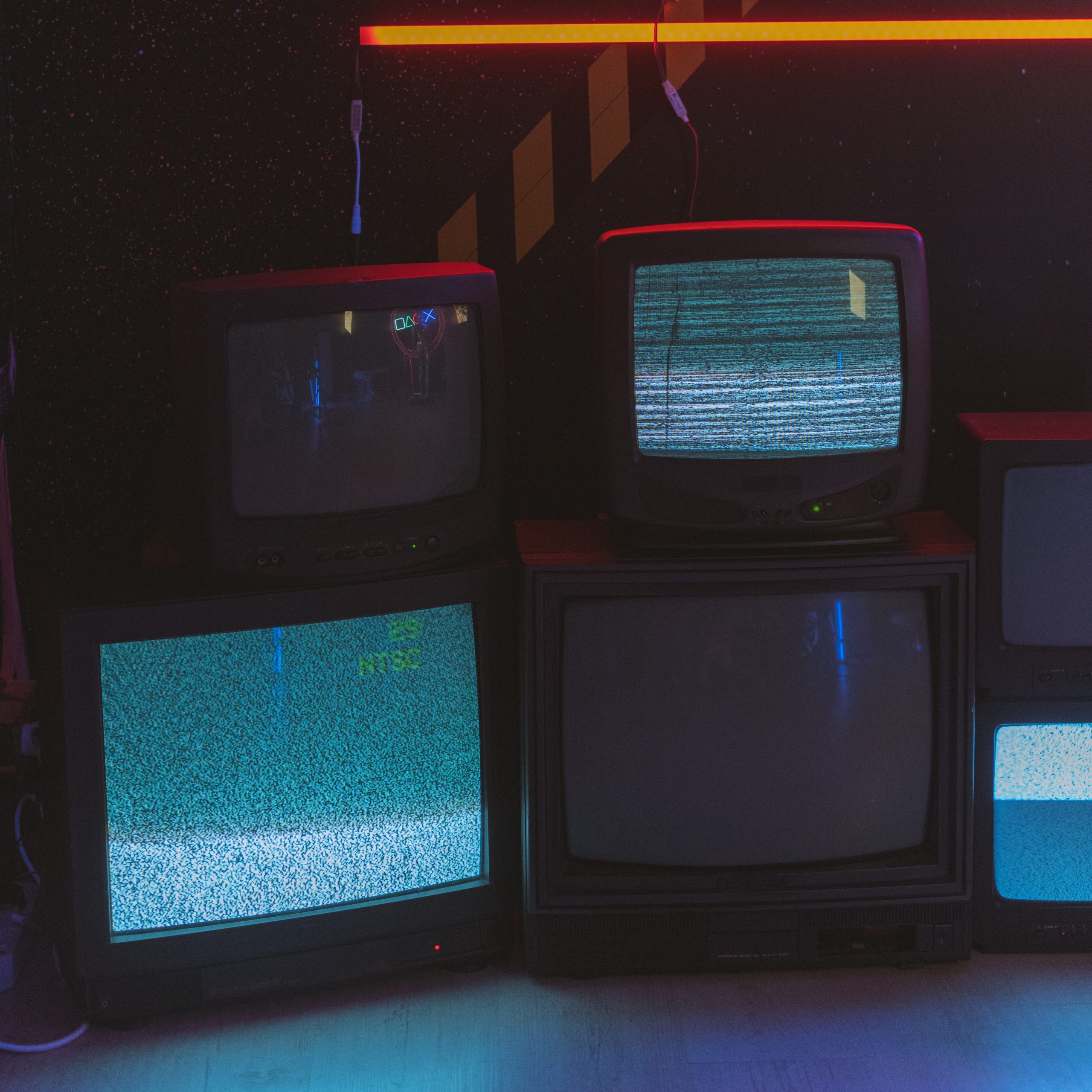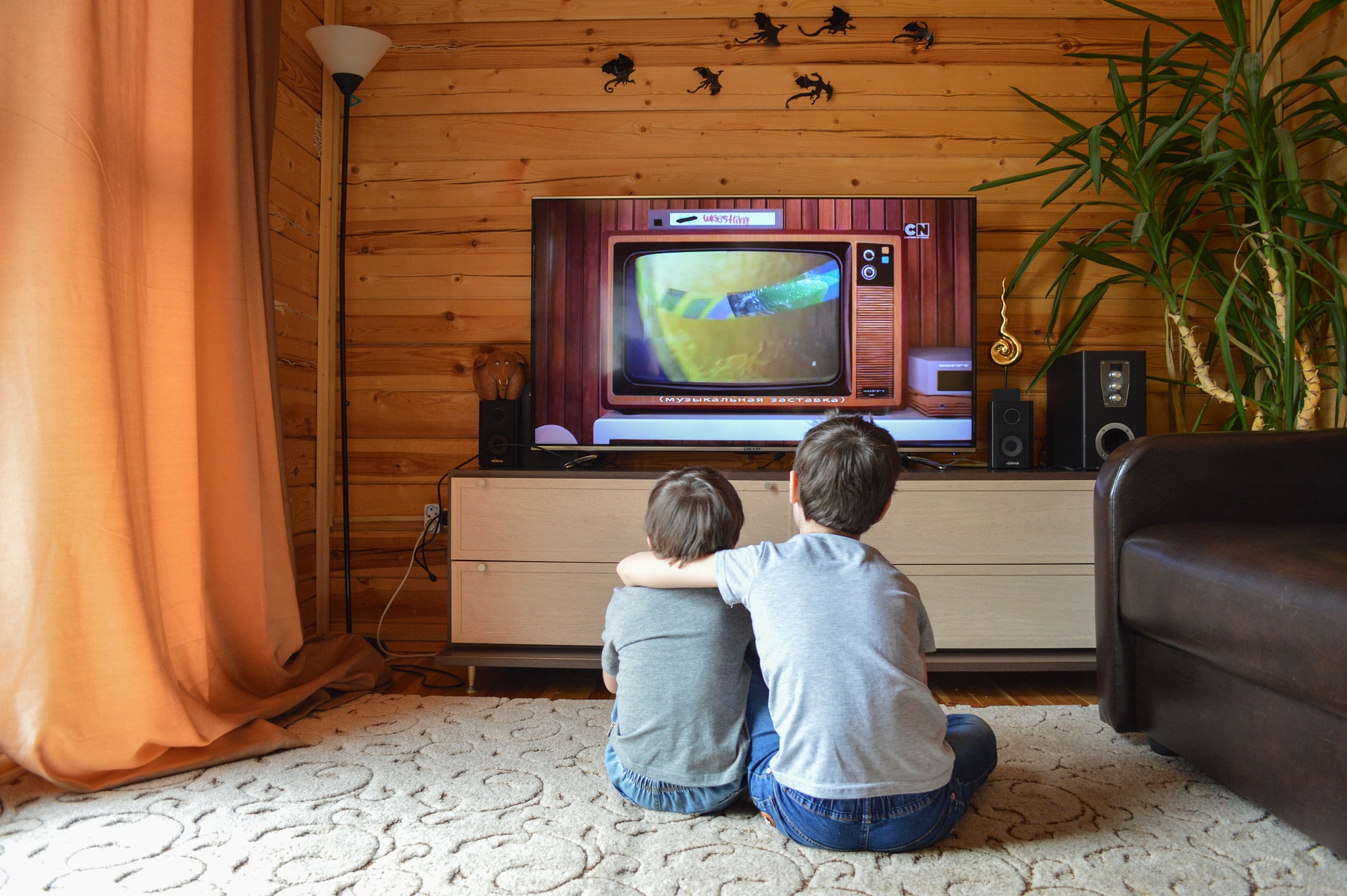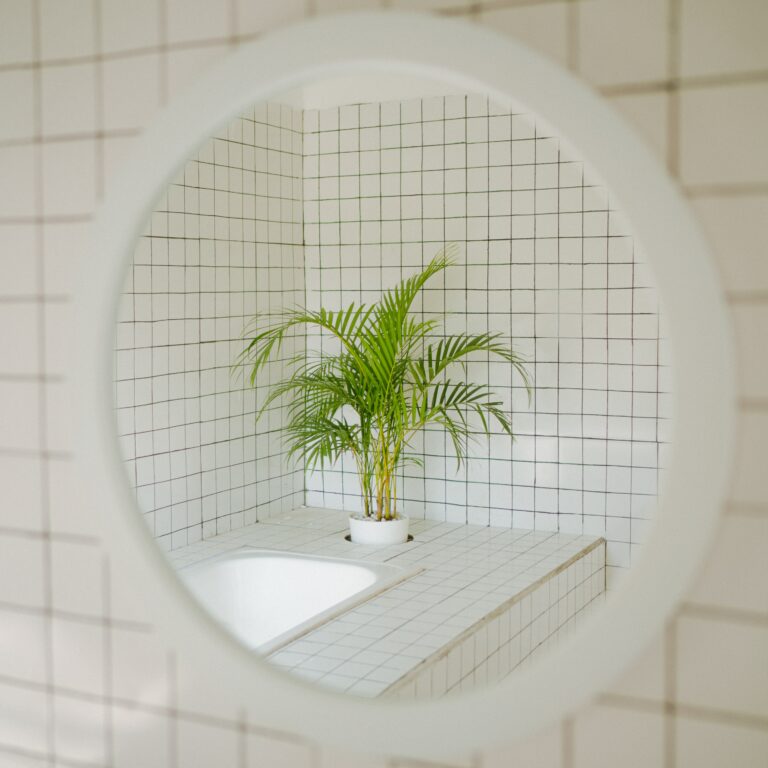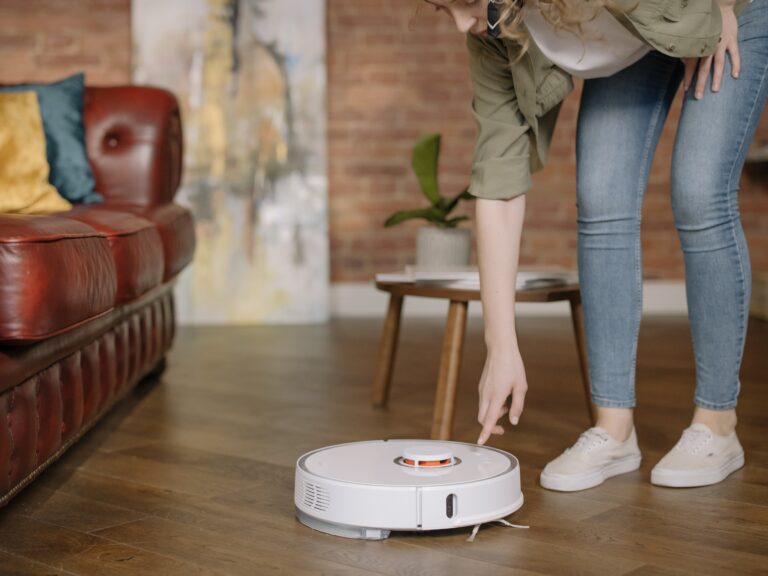The Right (and Wrong!) Way to Clean your Television
Televisions serve more or less as the centerpiece of our living rooms. They are the focal points that we are always looking at but regularly forget to clean. From a distance or when it’s turned on, you probably don’t even notice how dirty it is, but upon closer inspection, when it’s turned off and the screen is black, you will quickly notice that it’s covered in a layer of dust and caked in fingerprints. So what’s the best method to achieving a sparkling clean TV screen?
Identifying Your Television

Since the invention of the television, it has evolved considerably to become a staple in Western households. Though not many people still have the old, black and white, knob-operated TVs of the 1950s; modern homes still contain a variety of different television types and models from over the years.
The most common television type on the market today, and the most common in modern homes, are flat panel LCD and OLED TVs. These televisions are thinner, more power efficient, and brighter, due to their use of LED (light emitting diodes) as the source of their backlight.
Plasma display TVs, the similarly flat screen predecessor of modern LED TVs, are also common in homes of today. Even big, clunky CRTV can still be found in use today.
It is important to identify your TV’s type, as different models require different techniques for cleaning. If you are unsure of your television’s type, consult your television’s owner’s manual. The owner’s manual will not only tell you the type of TV you are working with but may also provide information as to how to clean it properly.
Dry Cloth
When you are ready to start cleaning, use a soft, dry cloth to remove dust and light smudges. Anti-static and microfiber cloths work well, as do cloths similar to those you would use on a pair of eyeglasses or a camera lens. Never use paper towels or tissues to wipe television screens, as they have a tendency to leave behind fibers, and have the potential to scratch the coating on your screen.
With the right cloth, wipe either in gentle circular motions or straight up and down until you’ve wiped the whole screen. It’s also important to wipe down the television’s cabinet to clear away any dust and debris that might make its way inside through the vents.
Damp Cloth
If the fingerprints or smudges are a little bit stubborn, a lightly dampened cloth may do the trick.
Never spray water directly onto your television, as it may short a circuit if it gets into the wrong crevice, instead dip an appropriate cloth in water and thoroughly wring it out before applying it to the TV screen.
If the stains remain stubborn, add a very small amount of dish soap to the water.
No Need for Screen Cleaners
There’s no need to rush out to buy products that guarantee cleaner screens, as they oftentimes are made up simply of water and mild soap.
Under no circumstance should you ever use Windex or similar glass cleaning products on an LED or plasma television screen. The only exception to this rule is when applied to old, boxy CRTVs, as their screens are actually made of glass. Windex is an abrasive chemical that contains ammonia and alcohol, both of which eat away at the thin coating that covers your flat-screen TV.
If you are reading this article after the fact, you may still be able to salvage your screen. You will notice splotchy, discolored patches across your screen. Wipe the Windex immediately from the screen, if it has had time to dry, use a damp cloth to remove spots before it does any more damage.







